What Are Aromatherapy Blends
Are you curious about the world of aromatherapy and the benefits it can offer?
In this article, we will explore the fascinating realm of aromatherapy blends. From promoting relaxation and reducing stress to alleviating pain and inflammation, aromatherapy blends have a wide range of benefits for both the body and mind.
We will also discuss the different types of aromatherapy blends, how to make your own blends, and share some popular aromatherapy blend recipes.
Get ready to discover the power of aromatherapy!
Key Takeaways:
What is Aromatherapy?
Aromatherapy is a holistic healing treatment that uses natural plant extracts, known as essential oils, to promote physical, emotional, and mental well-being. These essential oils are carefully extracted from various parts of plants and are believed to stimulate the limbic system, the area of the brain that controls emotions and memories.
When inhaled or applied to the skin, essential oils can evoke powerful responses in the body, aiding in relaxation, stress relief, improved sleep, and even boosting immunity.
Each essential oil has unique properties, such as lavender for calming effects, peppermint for invigoration, or eucalyptus for respiratory support.
Aromatherapy blends combine different oils to create synergistic effects, tailored to address specific concerns like anxiety, fatigue, or muscle pain. These blends can be diffused, added to bathwater, or used in massage oils for an immersive therapeutic experience.
What are Aromatherapy Blends?
Aromatherapy blends are unique combinations of essential oils that are carefully mixed to create a desired fragrance or therapeutic effect.
The art of blending essential oils involves combining different aromas to produce a harmonious scent that can evoke various emotions and promote specific benefits. Crafting these blends requires a deep understanding of each oil’s properties and how they interact with one another. Experimentation plays a crucial role in the process, allowing aromatherapists to explore new scent combinations and discover unique synergies that enhance the overall therapeutic value.
How are Aromatherapy Blends Used?
Aromatherapy blends are commonly used by aromatherapists and individuals for their therapeutic properties. When inhaled or applied to the skin, the scents of these oils interact with olfactory receptors, triggering responses in the body and mind.
This interaction is key to the efficacy of aromatherapy. Aromatherapists carefully select and blend essential oils to create specific combinations that promote relaxation, uplift mood, or even soothe physical ailments.
For example, a blend of lavender and chamomile may be used to induce calmness and aid in better sleep, while citrus blends like orange and lemon can provide an energizing boost. These blends are often diffused in the air through various methods such as diffusers, spritzers, or added to carrier oils for massage.
What Are the Benefits of Aromatherapy Blends?
Aromatherapy blends offer a range of benefits, from promoting relaxation and reducing stress to alleviating pain and inflammation. These blends can also improve mood, boost the immune system, and create synergy when different oils are combined.
For instance, the combination of lavender and peppermint essential oils can be a powerful blend for relieving headaches and enhancing mental clarity. On the other hand, blending bergamot and ylang ylang oils can be excellent for reducing anxiety and promoting feelings of joy and relaxation. The therapeutic properties of these oils work synergistically, amplifying their individual benefits and creating a more impactful effect on both physical and emotional well-being.
Promotes Relaxation and Reduces Stress
One of the key benefits of aromatherapy blends is their ability to promote relaxation and reduce stress levels. The soothing scents of essential oils can help calm the mind and create a sense of tranquility.
Specific aromatherapy blends such as lavender, chamomile, and ylang-ylang are particularly renowned for their calming effects. Lavender, known for its gentle aroma, is often used to induce a state of relaxation and improve sleep quality. Chamomile, with its sweet and floral scent, is excellent for reducing anxiety and promoting a peaceful atmosphere. Ylang-ylang, with its exotic and rich fragrance, can help alleviate stress and uplift the mood.
The synergy of these essential oils in aromatherapy blends contributes to creating a harmonious environment where tension melts away, and serenity prevails. The olfactory receptors in the nose transmit these scents to the limbic system, the emotional center of the brain, triggering a cascade of calming responses.
Alleviates Pain and Inflammation

For instance,
- lavender oil, renowned for its calming scent, not only relaxes the mind but also possesses analgesic properties that can help relieve headaches and muscle pain.
- The eucalyptus oil is recognized for its anti-inflammatory benefits, making it a great choice for alleviating respiratory conditions like coughs and sinusitis.
- The potent peppermint oil, with its cooling sensation, is popular for its ability to reduce inflammation and soothe sore muscles.
When combined thoughtfully in aromatherapy blends, these essential oils create a harmonious synergy that aids in easing pain and swelling effectively.
Improves Mood and Mental Well-being
Using aromatherapy blends can positively impact mood and mental well-being. The uplifting scents of certain essential oils can boost mood, increase energy levels, and enhance overall psychological wellness.
In terms of how specific essential oils influence mood and mental well-being, it all boils down to the power of their natural properties. For example, lavender oil is known for its calming effects, helping reduce stress and anxiety levels. On the other hand, citrus oils, such as lemon or orange, are often used to uplift spirits and promote feelings of positivity and energy.
The inhalation of these essential oils can trigger responses in the limbic system of the brain, which is responsible for emotions, memories, and mood regulation. By stimulating certain neurotransmitters, like serotonin and dopamine, these oils can help improve cognitive functions, concentration, and overall mental clarity.
Boosts Immune System and Fights Illness
Aromatherapy blends have the potential to boost the immune system and aid in fighting off illnesses. Certain essential oils possess antimicrobial and immune-stimulating properties that can support overall health and well-being.
For example, eucalyptus oil is known for its antibacterial effects, making it a great choice for warding off infections. Tea tree oil, with its antiseptic properties, can help combat bacteria, fungi, and viruses. Additionally, lavender oil not only promotes relaxation but also has immune-boosting properties.
When these essential oils are diffused or used in massages, they can help strengthen the body’s defense against pathogens. The aromatic molecules present in these oils can penetrate the bloodstream and enhance the production of white blood cells, crucial for a strong immune response.
What Are the Different Types of Aromatherapy Blends?
There are several types of aromatherapy blends categorized based on their composition and intended use. These include single oil blends, synergy blends, carrier oil blends, and diffuser blends, each offering unique aromatic experiences and therapeutic benefits.
Single oil blends are created using a single essential oil, harnessing the specific therapeutic properties of that particular oil. They are often used for targeted benefits such as relaxation, energizing, or soothing purposes.
Synergy blends, on the other hand, combine multiple essential oils that work harmoniously together to enhance each other’s effects, providing a more comprehensive aromatherapy experience.
Carrier oil blends involve mixing essential oils with carrier oils like jojoba, coconut, or almond oil. These blends help dilute the essential oils for safe topical application, making them ideal for massage or skincare routines.
Diffuser blends are specifically formulated for use in aromatherapy diffusers, releasing pleasant scents into the air to create a desired atmosphere, whether it’s to promote focus, relaxation, or a feeling of freshness.
Single Oil Blends
Single oil blends consist of a single essential oil that is used independently to achieve specific therapeutic effects.
Essential oils are classified into top, middle, and base notes based on their volatility and aroma intensity.
Top notes are the lightest and most volatile oils, quick to dissipate and provide the initial fragrant experience. They are often fresh and uplifting, such as citrus oils like lemon or bergamot.
Middle notes, also known as heart notes, are harmonizing and bring balance to the blend. They include floral oils like lavender and geranium.
Base notes are deep, long-lasting oils like sandalwood and patchouli, providing grounding and stability to the blend.
Synergy Blends
Synergy blends involve the art of combining multiple essential oils to create a harmonious and balanced aroma that offers enhanced therapeutic benefits. This blending technique requires practice and skill to achieve the desired synergistic effects.
When creating synergy blends, the key is to select essential oils that complement each other’s properties to maximize their combined therapeutic benefits. Blending essential oils may involve using different notes such as top, middle, and base notes to achieve a well-rounded fragrance profile.
Techniques like layering, dilution, and proportional blending play a crucial role in creating balanced synergy blends that are not only aromatic but also effective in promoting wellness.
Carrier Oil Blends

Carrier oil blends serve as a base for diluting essential oils before topical application, allowing for personalized and creative formulations. The art of blending carrier oils with essential oils enables individuals to tailor blends to their specific preferences and needs.
This customization aspect adds a personal touch to the aromatherapy experience, enableing individuals to craft unique blends that resonate with their senses and emotions. By experimenting with different carrier oils like sweet almond, jojoba, or coconut, one can find the perfect balance of texture and absorption rates to suit their skin type and desired therapeutic effects.
Understanding the properties of each carrier oil is essential in creating effective and harmonious blends that deliver holistic benefits.
Diffuser Blends
Diffuser blends are aromatic combinations designed for use in diffusers to disperse scents throughout a space.
Through these carefully curated blends, individuals can enhance their environment with various scents that cater to different preferences and needs. The process of creating diffuser blends involves experimenting with the aromatic profiles of essential oils, considering their individual properties and therapeutic benefits, and combining them in specific ratios for optimal diffusion. By exploring the world of essential oils and their synergistic effects, one can customize diffuser blends to promote relaxation, improve focus, uplift the mood, or even purify the air in different settings.
How to Make Your Own Aromatherapy Blends?
Creating your own aromatherapy blends is a rewarding and creative process that allows for personalized scent combinations tailored to your preferences.
Begin by selecting a variety of essential oils that resonate with you. Consider essential oils like lavender for relaxation, peppermint for invigoration, or citrus oils for a refreshing boost. Each oil brings its unique aroma and potential therapeutic benefits to the blend. Experiment with different ratios and combinations to achieve the desired scent profile.
When blending, start by adding the base notes, typically the oils with a deeper, longer-lasting scent, followed by the middle and then the top notes for a well-rounded fragrance. Remember, the creative aspect comes in when you trust your senses and intuition to create something truly unique.
What Are the Essential Oils to Use in Aromatherapy Blends?
When creating aromatherapy blends, it’s essential to select a combination of essential oils that include top, middle, and base notes. Top notes provide initial fragrance, middle notes balance the blend, and base notes offer depth and longevity to the aroma.
Each category of note plays a crucial role in harmonizing the overall scent profile.
- Top notes, with their light and uplifting properties like citrus or herbaceous scents, are the first impression that greets the senses, creating an invigorating and refreshing experience.
- Middle notes, often floral or spicy in nature, act as the heart of the blend, bringing balance and harmony to the aroma.
- Meanwhile, base notes such as woods, resins, and roots provide a solid foundation, ensuring that the fragrance lingers and evolves over time, enhancing the therapeutic benefits of the blend.
How to Properly Dilute Essential Oils for Aromatherapy Blends?
Properly diluting essential oils is crucial when making aromatherapy blends to ensure safety and effectiveness. Dilution techniques vary based on the intended use and concentration of the blend, requiring practice and precision to achieve optimal results.
One common dilution method is creating a 2% solution, which involves adding 12 drops of essential oil per ounce of carrier oil. This ratio is often recommended for general use, such as in massage oils or diffuser blends. For more sensitive applications, like skincare or children’s products, a 1% or even lower dilution may be preferred to avoid potential skin irritation. Experimenting with different dilution ratios is essential to find what works best for different purposes and individuals.
What Are Some Popular Aromatherapy Blend Recipes?
Popular aromatherapy blend recipes offer inspiration for creating unique scents and therapeutic combinations. These recipes often showcase creative combinations of essential oils that cater to specific needs, encouraging practitioners to experiment and refine their blending skills.
Some popular blends include the Stress Relief Blend with lavender, chamomile, and ylang-ylang to promote relaxation and reduce anxiety.
Another favorite is the Energy Boost Blend combining peppermint, rosemary, and citrus oils for a revitalizing effect.
For a cozy ambiance, the Winter Comfort Blend with cinnamon, clove, and orange essential oils creates a warm and inviting atmosphere.
Whether you are looking to soothe your mind, uplift your spirits, or improve focus, aromatherapy blends offer versatile solutions. Exploring these combinations allows individuals to tailor scents to their preferences, making the experience both therapeutic and enjoyable.
Frequently Asked Questions
What Are Aromatherapy Blends?
Aromatherapy blends are a combination of different essential oils that are used for therapeutic purposes.
How are Aromatherapy Blends Created?
Aromatherapy blends are created by carefully mixing different essential oils in specific ratios to create a desired scent and therapeutic effect.
What Are the Benefits of Aromatherapy Blends?
Aromatherapy blends have a variety of benefits, including promoting relaxation, reducing stress and anxiety, improving mood, and soothing physical ailments.
Can I Make My Own Aromatherapy Blends?
Yes, you can make your own aromatherapy blends by carefully selecting and mixing different essential oils, but it is important to properly educate yourself on safe and effective blending techniques.
How Do I Use Aromatherapy Blends?
Aromatherapy blends can be used in a variety of ways, including through inhalation, topical application, and diffusion. It is important to carefully follow instructions and dilute oils properly before use.
Are Aromatherapy Blends Safe for Everyone?
Aromatherapy blends may not be safe for everyone, as some essential oils can cause adverse reactions in individuals with certain health conditions or sensitivities. It is important to consult with a trained aromatherapist before using aromatherapy blends.



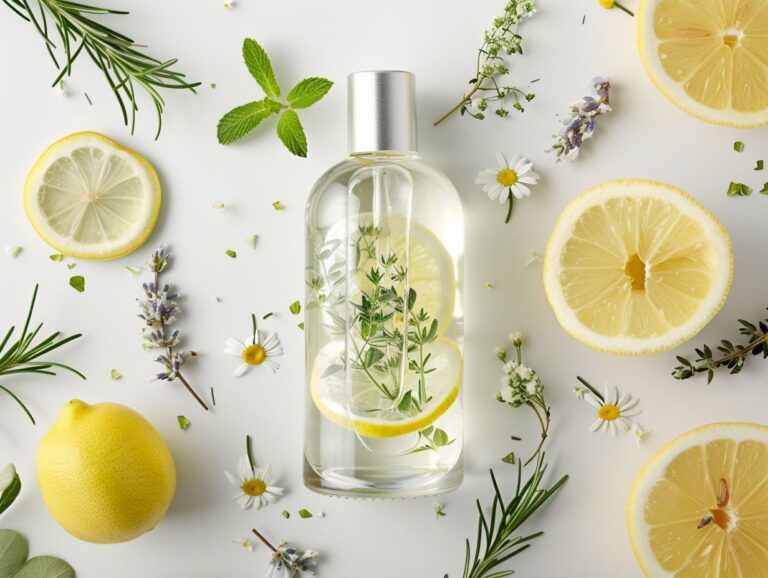
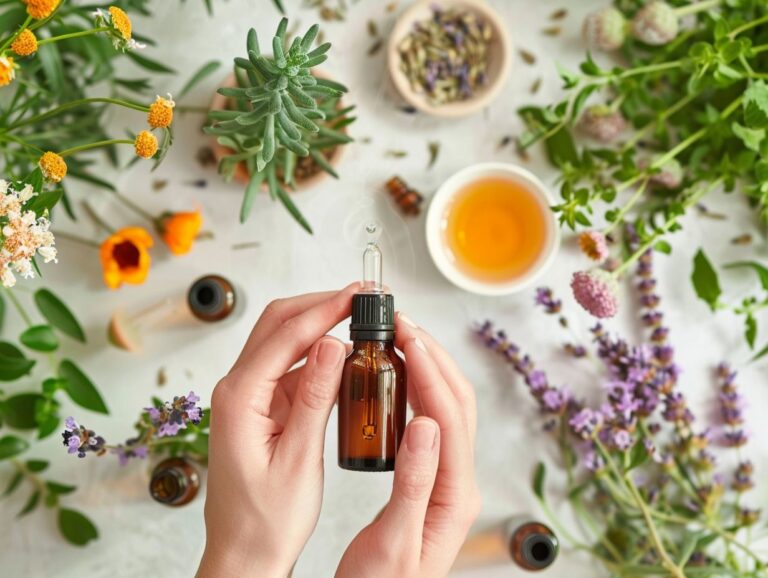

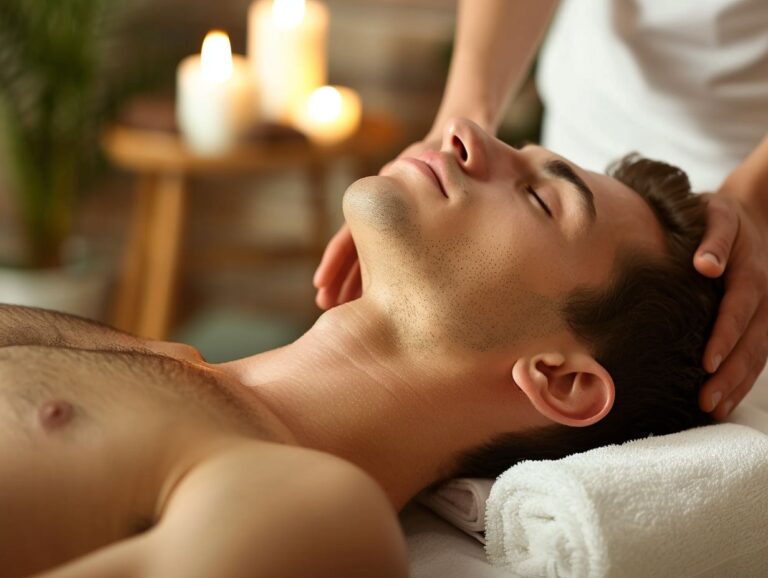
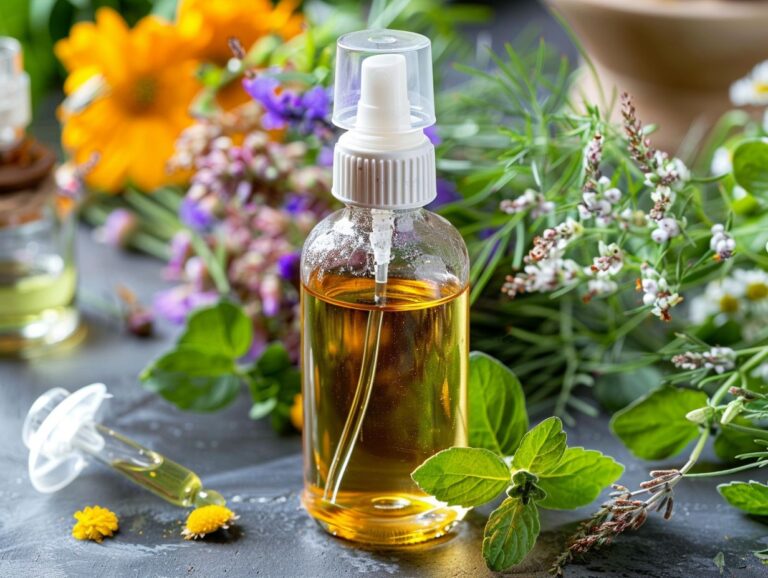
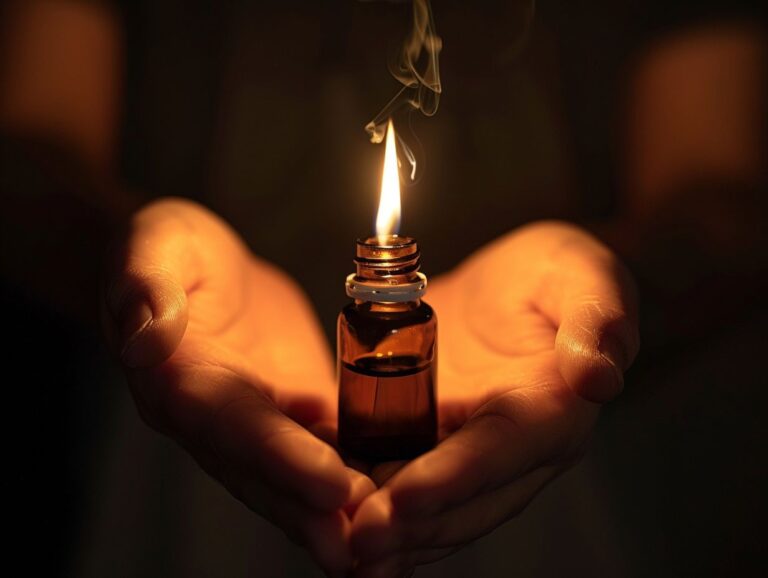
2 Comments